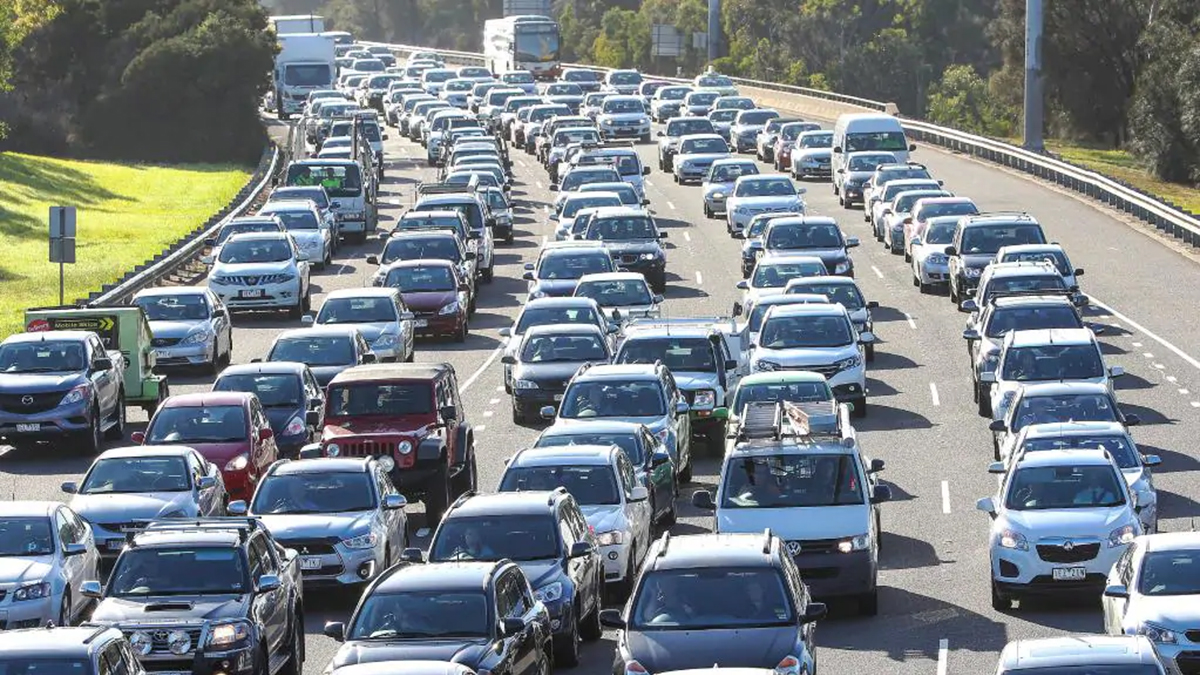Post-Covid, Big Australia is back, big-time.
Of course, Big Australia never really went away. Even at the height of the pandemic, when tens of thousands of Australians were locked out of their own country, the government and big business still managed to surreptitiously fly in 100,000 migrants. But, big business, Treasury and the universities really, really missed their cheap labour/cash cow.
So, they’re out to more than make up for it. The Albanese government is trying to paper over its fundamental economic ineptitude by dumping a quarter of a million migrants into the country, every year.
This at a time of acute housing crisis — so where will all these new people live? Who cares, so long as it’s not the nice, leafy inner suburbs where the rich Labor and Greens voters live. Nah, just dump all the wogs in the outer suburbs where an “asylum seeker” activist need never be bothered by them.
Let the working shmucks deal with all the nasty stuff like overcrowding — just so long as there’s more cute ethnic cafes in the inner city.
Melbourne was forecast before the COVID-19 pandemic to grow to 9 million people by around 2050 — the size of London today — and voters who spoke to The Age as part of its Victoria’s Agenda project said dealing with that growth was one of their top concerns ahead of the November state election.
But the embiggeners of Big Australia couldn’t care less about such footling concerns. Besides, the developers who pour so much into Labor’s coffers are making a motza.
Containing 70 per cent of new housing to established suburbs — where residents will be close to existing services, jobs and public transport — by 2050 was a key goal set by Plan Melbourne, a government strategy first released in 2014 and updated in 2017.
But new “greenfield” housing developments in the outer cities of Casey, Cardinia, Hume, Mitchell, Melton, Whittlesea and Wyndham made up 56 per cent of the new dwellings built in 2021 and 52 per cent in 2020, according to data from the Department of Environment, Land, Water and Planning.
These are places like many in Australia, which even just a couple of decades ago were sleepy country towns. Now, they’re part of the cancerous urban sprawl.
Professor Roz Hanson, who chaired the Plan Melbourne’s Ministerial Advisory Committee, and John Stanley, a member of that committee, said they were concerned the government was not doing enough to encourage denser residential development in middle suburbs.
“We just cannot keep carving up vacant land out on the edge of metro Melbourne,” said Hanson, a professorial fellow at the University of Melbourne’s Faculty of Architecture, Building and Planning.
“The long-term effects are that we’re going to have more people living in urban areas without access to sufficient jobs and services — it’s this concept of the haves and the have-nots in Melbourne.”
That’s only the tip of it.
The land between the country town where I grew up and Melbourne’s suburbs used to be mile after mile of market gardens making the most of the rich volcanic soil. Now, they’re almost solid suburbia, from one end to the other.
This isn’t just “I remember when…” grousing. Australia is the most arid, infertile inhabited continent. Our productive soils are confined to a narrow coastal strip, mostly on the eastern seaboard.
Which is the very area fast disappearing under the groaning weight of Big Australia.
Even leaving aside environmental and agricultural concerns, the vast suburban sprawl is a pretty shitty environment for humans, too.
Jonathan Spear, chief executive of the independent government advisor Infrastructure Victoria, said the state risked sacrificing liveability and sustainability if it did not do more to redirect its population growth away from outer suburbs.
“That includes prioritising locations in established suburbs for more housing to better use existing infrastructure,” Spear said. “If we pile the pressure on our growth areas in the coming decades, it’s going to be harder to meet their infrastructure needs.”
Infrastructure Victoria has previously warned that it costs two to four times more to build transport, services and utilities for new housing in greenfield suburbs than in established areas.
The Age
Mile after mile of McMansions crammed, cheek-by-jowl on tiny blocks, with barely a setback separating them. The backyard is almost a thing of the past.
And all that, for the dubious benefit of spending hours trapped in gridlocked traffic, to get to work. As well as waiting weeks, if not months, to see a GP (if they’re even taking new patients), and seeing your kids crammed into full-to-bursting classrooms.
But who cares about that, so long as some Treasury boffin or university vice-chancellor can smugly point to a rising graph?

